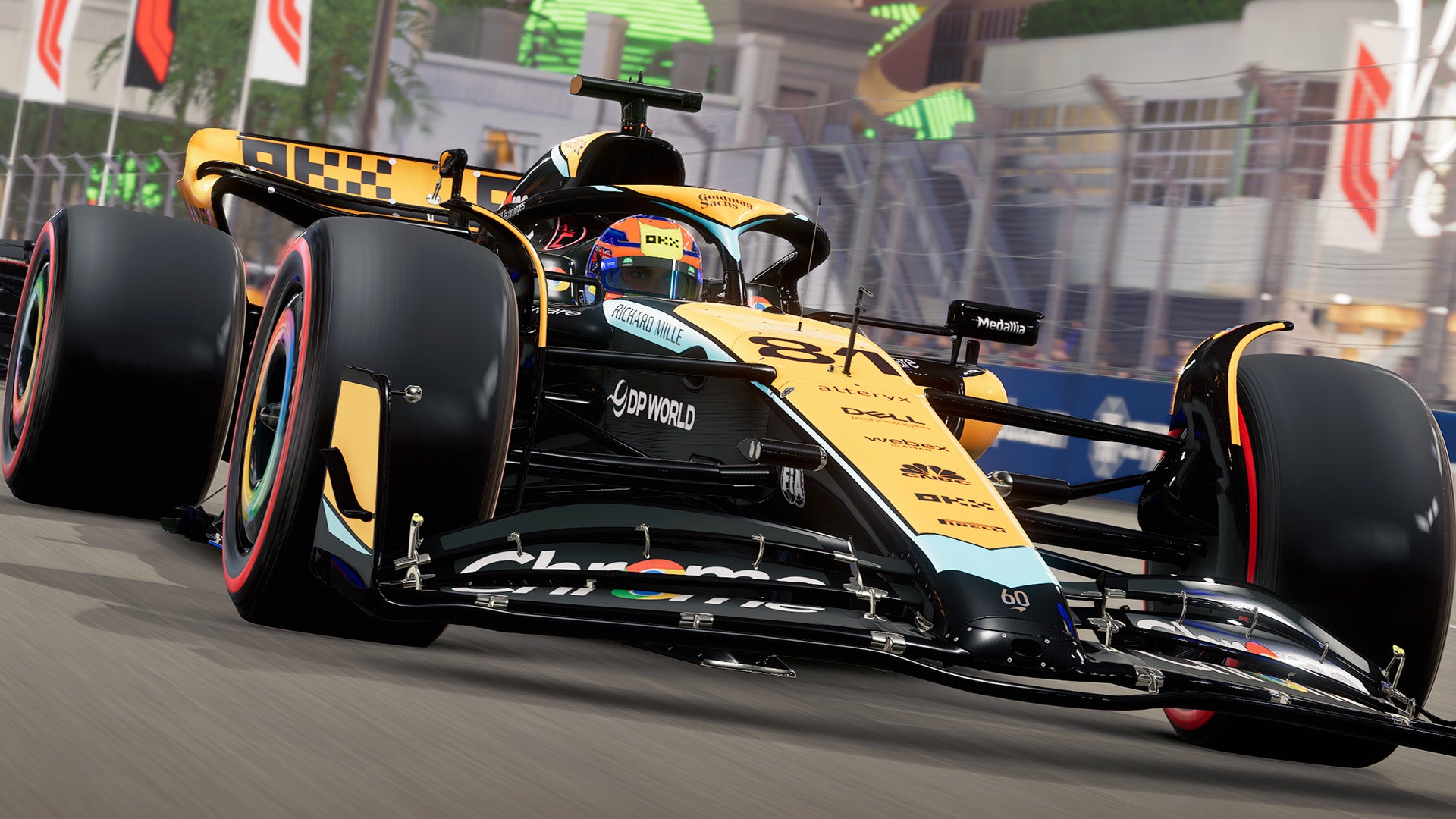The release of Codemaster’s F1 23 gives us the most complete version of the series to date, with an upgraded version of its in-house EGO Engine and the return of the fan-favourite Braking Point story mode. The game also includes more ray tracing features, as this year dynamic diffuse global illumination (DDGI) is added on PlayStation 5, Xbox Series X, Series S and PC. DDGI extends an already deep list of RT technologies from last year’s game, which included reflections, ambient occlusion and shadows. Going into the game, I was curious to see how much of an upgrade DDGI enables, how close PS5 and Series X can come to the maxed-out PC version, and what settings make sense for PC players.
Let’s get to the basics first. Both PS5 and Xbox Series X target a full 3840×2160 during gameplay, with matching shadows, textures and draw distances. Interestingly, the game’s many RT features are only active during menu sequences, pre-race buildup and replays. Once the race begins, traditional rasterised techniques like screen space reflections (SSR) and ambient occlusion (SSAO) replace the RT reflections, RT shadows, RTAO, and DDGI. These less demanding techniques allow these consoles to hit the full 4K, while with RT enabled you’ll see scaling from lower resolutions – the lowest I spotted was 3072×1728 during replays (80 percent of 4K). Alongside the resolution drop, these RT-enabled areas also tend to run at an obviously sub-60fps frame-rate, including a 30fps cap in the menus.
Series S is an interesting one, as it has all of the same quality settings and RT features as on PS5 and Series X, and all of the same compromises too. However, the game does run at a lower resolution, with a 1080p target that holds up reasonably well with the game’s temporal anti-aliasing (TAA). In RT areas, dynamic resolution scaling is again used, but the game remains close to 1080p even in the most challenging menu sequences.
Performance in F1 23 is a curious point. Whether it’s PS5, Series X or Series S, Codemasters has put in the legwork to make sure the default quality mode offers a rock solid 60fps on each console during the race, including in compact, rain-slick circuits like Monaco with all cars in view at the start. On the grid before the race and as the AI controls the car after the chequered flag though, RT is enabled and the frame-rate is unlocked, giving us a glimpse at the actual cost of these visual niceties. Here, we spotted frame-rates around 30-40fps on all consoles, with screen tearing evident all across the frame. The frame-rate even drops below 30fps as the drivers are shown in the podium ceremony. None of this harms gameplay of course, but it’s an interesting insight none the less.
